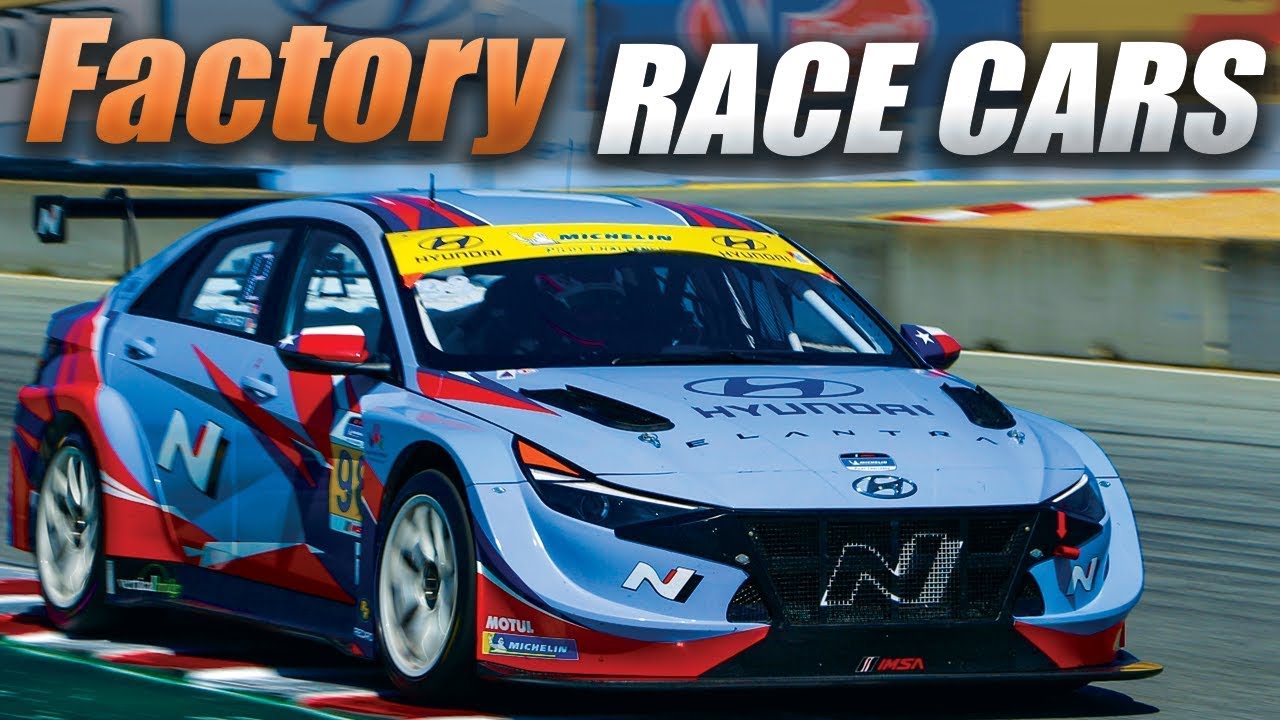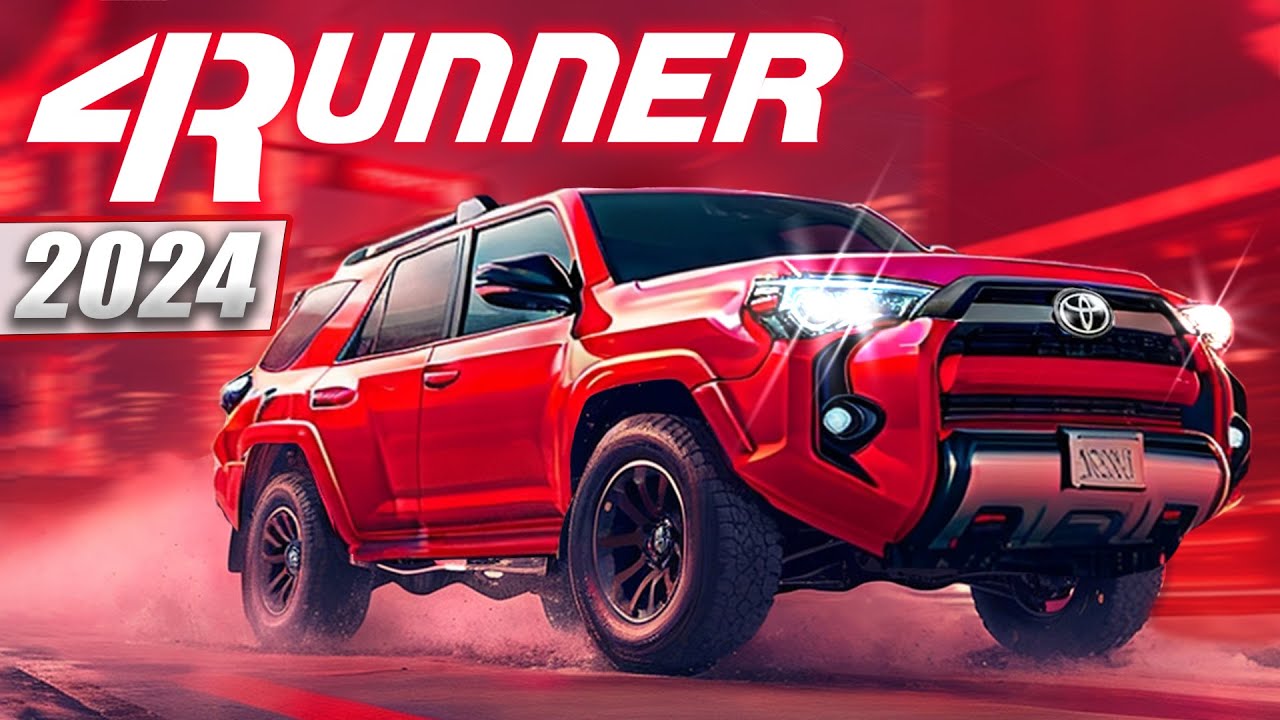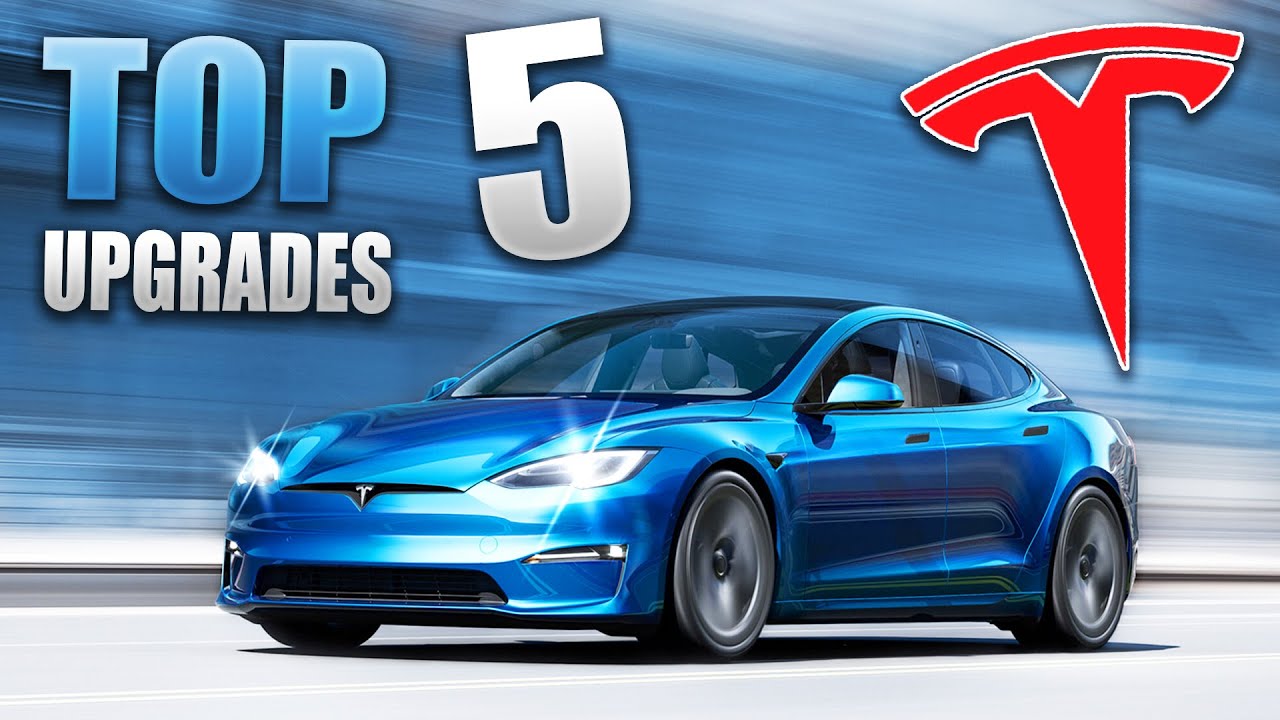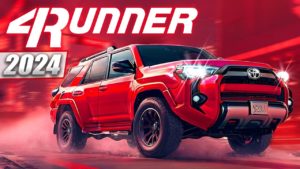Want to drive faster or are interested in getting involved in racing? We can’t blame you! It is great. People often think that racing is very expensive; the cost of a race car, truck, trailer, fuel, parts, and all the other necessities adds up quickly, but it doesn’t have to be like that!
There are racing classes for just about any vehicle. The same car you drive to your 9-5 could be carving corners on the weekend! Not only can you race it, but you can be competitive. Our TOP 5 production classes are listed here. Each class has strict regulations on modifying the cars, which levels the playing field and makes it much more competitive. So grab your keys, take the car seat out of the back, and get to it.
First UP: Spec Miata
One of the best classes to start in is Spec Miata! Even if you don’t daily drive a Miata, they can be purchased relatively cheaply. They can be had for around $5,000. Modifications for this class are minimal. Miata equipped with a 1.6 may use a cone air filter, while cars with a 1.8 must retain the factory air box. Engines must keep the factory bore size, camshafts, and exhaust manifolds. Minimum deck work may be done, but the factory compression ratio must be retained. Suspension upgrades are permitted, but only specific kits and parts may be installed.
The current rules and regulations can be found on the NASA website. Miatas from 1990 to 2005 may be raced, and all vehicles are subject to dyno testing. Horsepower output for all cars is listed at 125 to 127; if a car comes in at 5% above average for all vehicles, a more invasive vehicle inspection will likely be performed. While this may seem like a nuisance, it creates a level playing field for all, regardless of budget. The spec miata class is a very large community, and many aspiring racers will be able to find events regardless of location. Racing in the spec miata class is also a rung on the ladder to professional racing series, allowing even the most advanced drivers to hone their skills.
Another great entry-level series is the TREC series.
Nasa’s new Team Racing Endurance Series (or TREC for short) is one of the most exciting series for people to enter. It is a terrific way for almost any production vehicle owner to go racing! That’s right, there are virtually no make or model restrictions. It should be noted that EVs are not permitted, and the use of nitrous oxide or methanol as a fuel is prohibited in this race series. Tires with a rating of 180 miles per hour are required to race, and a list of safety rules is available on the NASA website.
To keep things fair, there are five classes of TREC racing. Cars are entered into classes based on a power-to-weight ratio. To keep the playing field level, there is an official event qualifying session that takes lap times into consideration. Because this is an endurance racing series, an unlimited number of qualified drivers are welcomed, but for the qualifying session, it is recommended to have the most experienced and less experienced drivers perform laps. Breaking out of the average will result in getting bumped up to a faster class. Speaking of drivers, a valid driver’s license is the only license required to race in the TREC series. Yep, you hear that right. No competition license is required. This is an excellent class of racing for those looking to get a team of drivers together and enjoy motorsports without breaking the bank.
For vehicles here, any will work. We recommend something that is low horsepower. In fact, if this is your first time behind the wheel on the track, lower horsepower, and more ability are better and will make for a much more enjoyable driving experience. We recommend finding a vehicle that will be comfortable for all drivers. A robust drivetrain, an interior that is comfortable and easily accommodates drivers of all sizes, is the key. The TREC officials will put you in the correct class. It’s an endurance race but for new drivers. So, drive time is limited to 2 hours, with a mandatory 1-hour break before resuming racing in the trec class.
If you don’t have a vehicle, a hot hatchback would be great. These include the Honda Civic Type R, Ford Focus ST, Volkswagen Golf R, Mini Cooper S, and other performance hatchbacks. They are suitable for family or daily driving but will do great in this environment. But as we mentioned before, just about any car will work, and the NASA team of race directors and scoring personnel will find a home for you and your team, no matter what you drive.
The following vehicle is at home in multiple types of racing, but we want to highlight one that you may have yet to consider. The Hyundai Veloster N is at home on a road course as much as a Rally circuit!
That’s right, we said Rally! Does hearing that word excite you and create mental images of cars flying through the air amongst huge crowds of people! It is just exciting, and quite a few organizations focus on helping people get into the sport!
If you own a Hyundai Veloster N, you probably bought it for its spirited driving capability. 250 horsepower in a nimble 3-door hatchback can make a mundane drive to work just a little more exciting, but it can quickly get you in trouble too. If you’re on a first-name basis with the local authorities, it’s time to take it to the track. While the Veloster will fit in several race series, such as the TREC class, consider rally racing! World rally cars can cost hundreds of thousands of dollars, and although they are based on production vehicles, only a little of the factory equipment is left after the car is built. Your Veloster n may not have all the makings of a WRC, but that doesn’t mean you can’t compete. The American rally association and the NASA rally sport classes offer racing series geared toward production cars. Even in factory trim, the Veloster can be competitive in either series, and multiple classes allow you to be placed with similarly powered vehicles. There are two things to keep in mind for this series. Per safety regulations, roll cages are required and must be welded into the car. Second, the factory airbags must be removed or disabled during racing events. Both are required to provide additional safety to the driver but should be considered before selecting this type of racing. That being said, the roll cage adds to the car’s cool factor. The airbags can be tricky, but there are ways of disconnecting and reconnecting that aren’t too challenging.
Now on to the higher horsepower stuff. If you need more to get your adrenaline pumping, let’s turn our focus to the Camaro / Mustang Challenge class.
We have done a head-to-head video with these cars on the streets, but this lets YOU prove who’s the best on the track! The Camaro Mustang Challenge class is another popular racing series. The series allows all 1979 to 1993 Fox body mustangs and capris equipped with the five-liter small block Ford and the sn95 platform built in 1994 and 1995. From 1996 to 2004, Mustangs are also allowed with two and four-valve 4.6 engines. The 1993, 1995, and 2000 Cobra R models and the 2003 and 2004 Terminator Cobras are excluded.
On the GM side, all 1982 to 2002 v8-equipped f-bodies are allowed. Camaros, Firebirds, and Trans Ams are welcome. Horsepower for this class is limited to 267. Because of that, some older models are allowed specific modifications, while later model GMs, specifically LS1-equipped cars, will likely require a restrictor plate to be in compliance.
Speaking of competition, how could we do a production race car video and not mention Porsche? Well, here you go.
Porsche has a long and successful history in racing. Some of the fastest and most competitive cars they build have the famed RS insignia in their name. RS stands for RennSport, or racing in German. The RS was first applied to the 718 RSK race car in 1957, but the first 911 was not built until 1963. For most, a full-blown Porsche race car is outside the budget. Luckily, just about any Porsche, you can buy the company’s racing roots inside of it.
The spec Cayman class has gained significant popularity over the years and is a great way to start a race program with a car that can be purchased off the showroom floor. Like all spec classes, there are strict rules allowing only certain modifications and requiring safety updates. Minimum weights must be met, including the driver, so it is important when building your car and performing any weight-saving modifications that the driver’s weight is accurately represented when scaling the car. If it seems like this class has the most rules and regulations, you’re correct. There is a good reason for it; even in stock form, the Cayman can post some seriously fast lap times.
The spec Cayman class, along with other classes, is run by the Porsche Club of America. Drivers must obtain a competitor’s license through the club to compete in this class. The requirements for that license and all of the safety rules and regulations can be found on PCA Club Racing dot ORG.
No problem if you have yet to see your car or want a different one. There are ways of racing just about anything. Visit National Auto Sport Association or NASA’s website, or your local association. They will have a class for you and your car.











